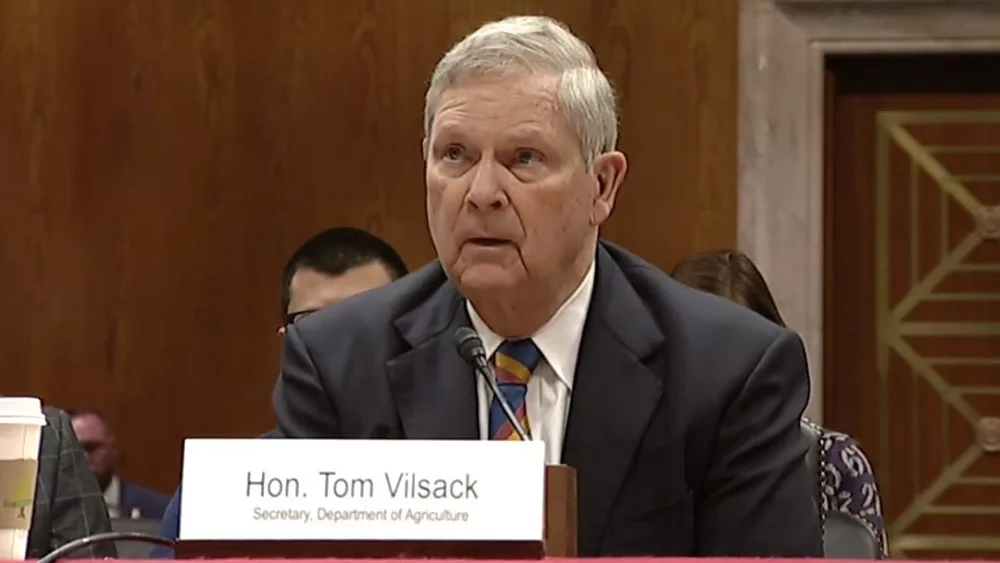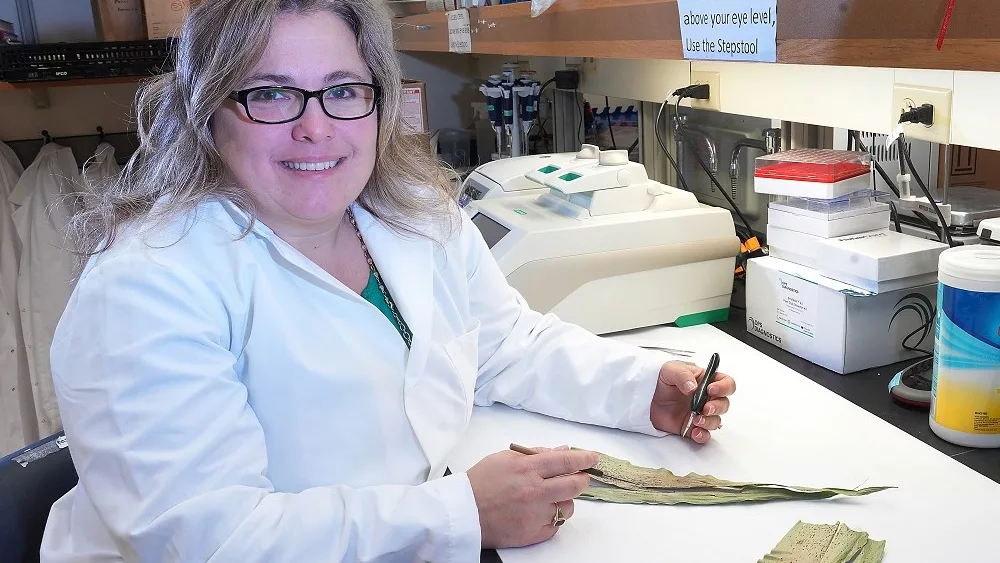The value of fungicides has been seen in recent years in a way that may now affect the actual supply availability. Fighting disease and added plant health benefits have led to positive return on investment.
Agronomist Jim Hedrick explains that fungicide ROI.
“We’ve got increased disease pressure combined with high-priced grain at this point in time, so return on investment to a fungicide treatment is significantly better than it’s ever been in history,” he explained. “Add to that the fact we have increased disease pressure like tar spot that wasn’t even around 12, 13 years ago, here today can take 60 to 100 bushels out of a corn yield. We’ve got southern rust in the southern parts of Indiana and Illinois that can take similar type bites out of yields. So again, you start looking at return on investment, it makes and justifies that.”
But, Hedrick says a problem that could materialize as soon as this year is that the fungicide production industry is not sufficiently ramped up. There will be a supply issue if demand increases, and he says it could increase two to two and a half fold.
 “Yes, it’s going to be a challenge,” he said. “And I’ve been encouraging farmers at this point in time to be securing their supply here in the winter months. My concern is if they don’t do that, we get out into July. We have a good growing season because good growing seasons coincide with high disease pressure. We need humidity for disease. So, when you’ve got that good crop developing, that’s when, if you haven’t been proactive, you may be all of a sudden in July saying, oh, I need fungicide, wait a minute, my retailer can’t get it. My wholesaler can’t get it. Supply is gone at that point in time.”
“Yes, it’s going to be a challenge,” he said. “And I’ve been encouraging farmers at this point in time to be securing their supply here in the winter months. My concern is if they don’t do that, we get out into July. We have a good growing season because good growing seasons coincide with high disease pressure. We need humidity for disease. So, when you’ve got that good crop developing, that’s when, if you haven’t been proactive, you may be all of a sudden in July saying, oh, I need fungicide, wait a minute, my retailer can’t get it. My wholesaler can’t get it. Supply is gone at that point in time.”
Additionally, any old fungicide formulation may not do the trick.
“We do have several generic alternatives but most of those contain old modes of action and one particular class, 11, is not effective anymore on a lot of the foliar diseases in beans and on corn we’re seeing similar resistance developing. So, it’s really important to use some of the premium products. But in a dire situation or an emergency situation we still can fall back on some of those, but supply on those are limited as well.”
If you have been waiting for some good news on fertilizer prices, Hedrick does see some opportunities this spring.
“What we’ve seen over the last six months is NPK prices have been declining,” he told MAT. “Nitrogen prices over the last 90 days have been declining. So, as we get into the spring pricing time frame, those that haven’t bought their needs or have been deferring those needs to this point in time, I think have got opportunities over the next 90 days to buy at a lower cost than what we’ve seen in the last 90 days and particularly lower than what we saw in the peak in the late summer of 22.”
Is it wise to shop around because of price variability?
“Absolutely. What we see is some retailers are carrying in some inventory that they bought maybe in the summer of 22 at a very high price. They may have even bought some early in the fall of 22 at an elevated price, may have bought and probably did buy a third to maybe half of their nitrogen needs for 23 in the late summer of 22. So, again all dealing with high-priced inventory that they have to rationalize that out here in the spring against lower cost, in some cases significantly lower cost replacement product. So yes, shopping around will be a key.”
Jim Hedrick is with Sagamore Ag Source and Horizon Ag Consulting.





